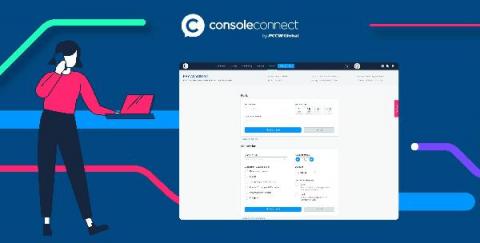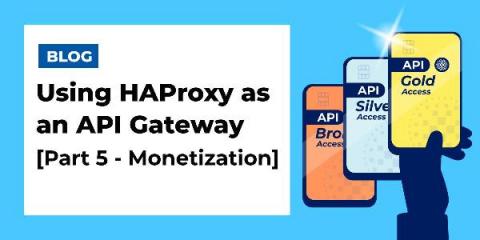Operations | Monitoring | ITSM | DevOps | Cloud
Latest News
Effortless Peering Across Europe With Console Connect
The 5G Fork in the Road for Network Transport (And Which Path to Take)
The hype of 5G is ushering in the potential for drastic network change and is driving service providers to prepare for the future. Today’s networks provide ubiquitous all-purpose IP connectivity to support all services.
Using HAProxy as an API Gateway, Part 6 [Security]
In almost every case, APIs have changed how modern applications connect to their data. Mobile apps, single-page web apps, IoT devices, integration hooks between software—all of these things rely on APIs to fetch, update, delete, and create data. In fact, one set of APIs might serve as the backbone of a website, mobile app, voice assistant device, and more, meaning one data store owns a treasure trove of information about us, the human users.
7 Best Network Infrastructure Mapping Tools
Network Throughput vs Bandwidth and How to Measure It
How To Avoid Complex Pricing And Lengthy Contracts With Your Global Internet Access
Using HAProxy as an API Gateway, Part 5 [Monetization]
In our previous blog post, Using HAProxy as an API Gateway, Part 2 [Authentication], you learned that when you operate HAProxy as an API gateway, you can restrict access to your APIs to only clients that present a valid OAuth 2 access token. In this post, we take it a step further. You will learn how to leverage tokens to grant some users more access than others and then charge for the service.
How to Monitor Amazon Chime Network Performance
With many of us now relying on video calls as a main form of communication, many different applications are growing in popularity, including Amazon Chime. To ensure you always have the best video and call quality during meetings, we’re teaching you how to monitor Amazon Chime network performance.
How to Reduce Bandwidth Consumption for Your Network?
Do you know who interacts with whom, when, and for how long and how frequently in your network? Network administrators must have clear visibility of bandwidth utilization using a robust bandwidth monitoring tool, to find out slow loading yet crucial connections, to plan out the capacity of network properly or to control the Quality of Service.









